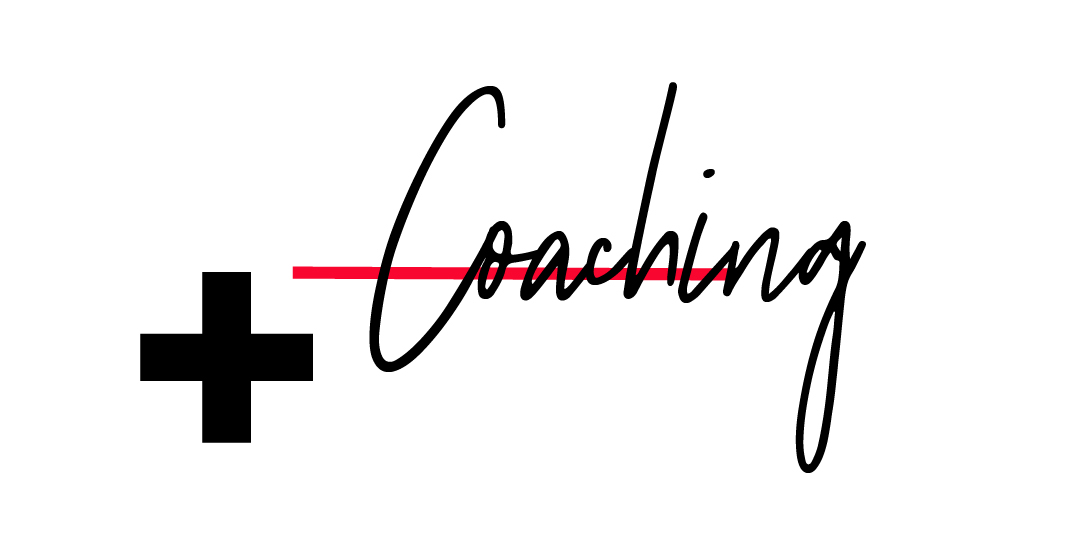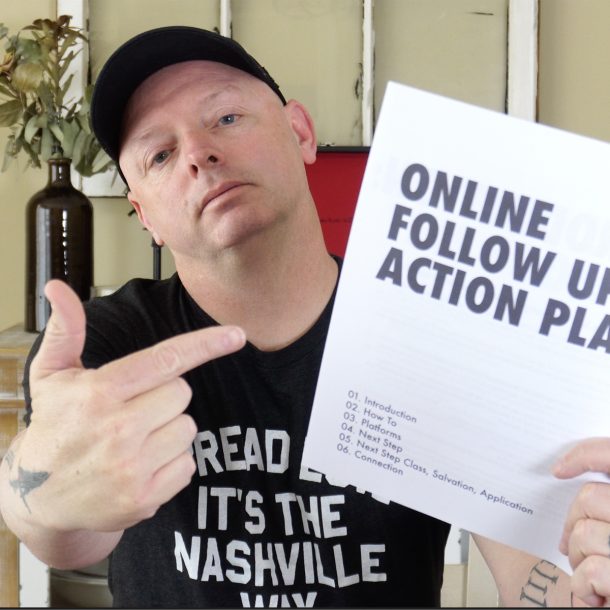The best creative concepts are birthed out of the idea that we may not know the answer, but we are willing to try and figure it out. Finding solutions and making the complex simple is key to great creative teams. One of the biggest creativity killers is an ego. When creative people start to believe they can avoid the fear of creating because they have it figured out, they and their teams get in a lot of trouble and lose their ability to truly create.
A study done by Jaussi, Stefanovich & Devlin proposes “four categories of effective followership for creativity and innovation.” In other words, well-balanced teams are composed of some combination of the following personality types:
- 1. Creative Skeptics – Skeptics are not afraid to ask hard questions. Skeptics are willing to challenge ideas. Skeptics want more than just words, they want to see action and will challenge status quo and assumptions.
- 2. Creative Statics – This personality is rational and calm. They provide stability and some concistency to the team. This personality is never too high and never too low. The Statics have the ability to remain flexible, a lost art with passionate people.
- 3. Creative Supporters – This personality is quick to resist brand new ideas. They tend to be open to creative solutions, but prefer to see them executed incremental steps. They like when new thoughts build off of existing thoughts.
- 4. Creative Catalysts – The people who come in and inspire by disturbing and disrupting. Catalysts drop ideas like bombs. Those ideas go on to become massive momentum creators.
As creative team leaders, it’s our job to make sure we are finding ways to incorporate all of these personalities on our teams. None of them are more important than another, but when we have a great balance of these types, we become our most creative – as well as our most productive. We must be intentional in how we balance these personalities and how we orchestrate their impact on our organization. When our teams become unbalanced, creativity and innovation suffer and the unbalance leads to irrational creation concepts.
At the end of the day, we have to find people who fill roles we don’t…and we have to embrace diversity on our teams. Without diversity we are not only limiting our organizations we are limiting our impact on culture. A culture we have been called to not only be part of…but to lead.
Do you do personality inventories for your team? Are you being intentional in how you are building and developing your team?





Great post, I hadn’t realized it to this point, but I recognized some of those traits in the people on my team. Instead of getting aggravated with people who disagree with me, I am now a little more thankful for them, because they make the ideas better.
Figuring out the personality combination of a team is so valuable and important. I have taught some class on gifts and personality traits. It’s always such a good tome. I love facilitating those kinds of conversations. Rich!
Man I am getting caught up on your blog and you are hitting me where I live so far. And I need it. Thanks for being a Creative Catalyst for me today!